
Virtual labs, real science
March 31, 2021 | Issue 52Not just for remote teaching: virtual labs really came into their own during the COVID-19 pandemic, but they can generally be a useful addition to the STEM teacher’s toolbox.


Not just for remote teaching: virtual labs really came into their own during the COVID-19 pandemic, but they can generally be a useful addition to the STEM teacher’s toolbox.
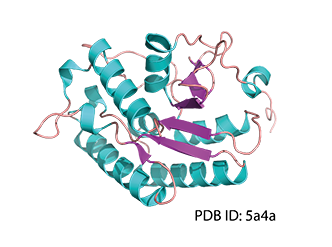
How can AI systems like those developed to beat humans at games help unlock the secrets of protein function?
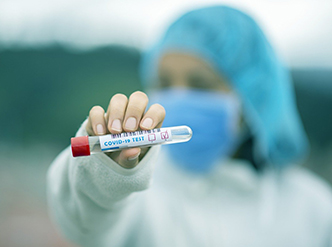
A negative result from a medical test means you definitely don’t have the condition, right? Wrong: it depends on the false negative rate of the test and on your individual risk.
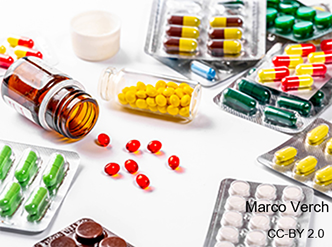
The rush to find treatments for COVID-19 led to a badly flawed clinical trial influencing medical treatment worldwide. What went wrong?

How can air hold the water in an upturned glass? Why does water stay in a bottle with a hole in its base? Find out with these entertaining experiments.
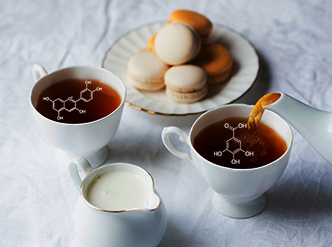
Tea is a refreshing drink – and it can also help students to learn about important chemical reactions, as these simple experiments with infusions demonstrate.
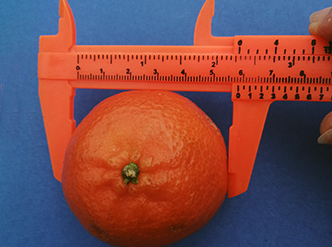
Have fun with fruit while helping your students to explore the concepts of area and volume, and learn more about their real-world applications.
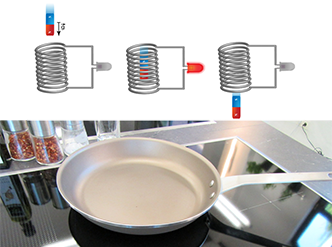
Explore electromagnetic induction and of one of its well-known applications – the induction hob – with these hands-on activities.
Do you find the binary system complicated? With this activity, your students will find it as easy as 01,10,11.